Ladder accidents occur frequently, often with very serious consequences. Ladders are tools that people use repeatedly, at home and on the job. The CPSC (Consumer Product Safety Commission) states that there are more than 164,000 emergency room-treated injuries annually due to ladders in the United States.
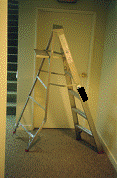
Figure 1: Example of material failure causing stepladder accident
Other sources estimate more than 500,000 people annually are treated for ladder-related injuries. Approximately 300 of these injuries result in fatalities. Many ladder manufacturers continue to produce inferior, unstable, unsafe ladders.
Nearly all of these accidents are preventable. Some accidents are due to user error, but most can be attributed to defectively designed and produced ladders. This issue of Forensic Clues will inform you about the flaws in stepladders, and design solutions that could have prevented many accidents.
Stepladders
Stepladders are common household tools that are required in many different household maintenance and repair tasks. People are usually injured when a stepladder unexpectedly tips over, sending the user falling to the ground. This can occur due to material failure, a result of poor manufacturing processes and/or damage to the ladder. Stepladders also tip over when the lower leg of the front rail of the ladder fails, bending inward.
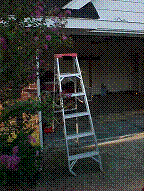
Figure 2: Example of lower front rail failure
This is a very common characteristic found on injury-producing ladders. Racking produces increased stress in this area, causing failure of the ladder rail.
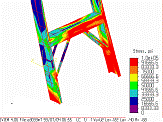
Figure 3: Finite element analysis of lower ladder rail showing high stresses
Many ladder manufacturers are attempting to remedy this by strengthening the lower leg area of the ladder. Racking occurs when one of the legs of the ladder loses contact with the ground once the ladder user starts to climb the ladder. This can be caused by the user climbing the ladder using one hand for support, which puts a twisting force on the ladder. Racking is an ANSI-recognized characteristic of poorly designed ladders.
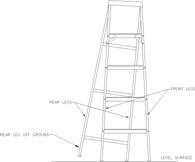
Figure 4: Diagram showing geometry of racked stepladder
Racking alone can cause the ladder to become unbalanced enough to tip over when in use. Once one of the legs is off of the ground, the act of the user continuing to climb the ladder, or shifting his body position on the ladder, can cause the ladder to tip over.
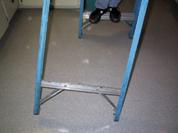
Figure 4: Stepladder in racked position while user is climbing the ladder
Safety Engineering Resources has worked on many stepladder cases. We have learned to easily identify design and manufacturing flaws, thanks to extensive research we have performed in the past.
Solutions
The first and most obvious solution to racking in stepladders is to increase the structural strength of the ladder to reduce the instability and deflection of ladder members. This can be accomplished by strengthening individual components of the ladder by using thicker or stronger material, or by strengthening the ladder as a unit by adding braces, or changing the geometric configuration of the ladder for optimal stability and strength.
Racking in step ladders can be greatly reduced at a relatively low cost, without interfering with the function or usability of the ladder. A stepladder was modified by adding two light chains connected diagonally between the front and rear rails of the ladder. Whether the ladder is folded or unfolded the chains are contained within the rails, and do not hang outside the ladder. Therefore they do not interfere with the ladder being climbed, transported, or stored.
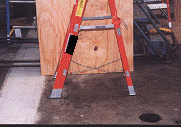
Figure 5: Stepladder modified with prototype anti-racking safety device
With this simple stiffening device added, the racking characteristics of this ladder were much improved.
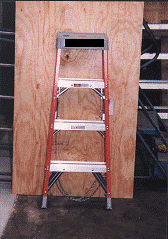
Figure 6: Modified stepladder in folded position
The modified ladder compared favorably with the data values for a very structurally sound stepladder on the market, the Leifheit ladder.
Conclusion
Most stepladder accidents are preventable simply by producing a structurally solid ladder that will not rack. Many of the stepladders currently on the market are not fit for use due to extreme instability. The ladder manufacturers have not met their responsibility to produce a safe product. Yes, stepladders will always be dangerous - the danger of gravity cannot be designed out - but there is no excuse for the danger of an unstable, structurally unsound stepladder.


















